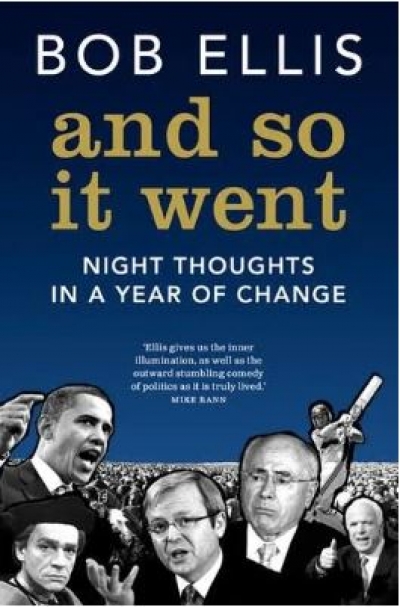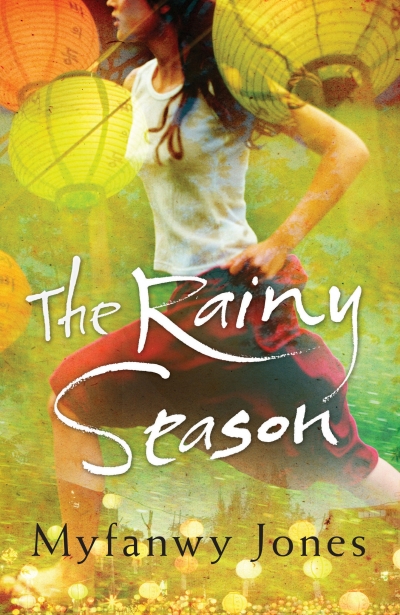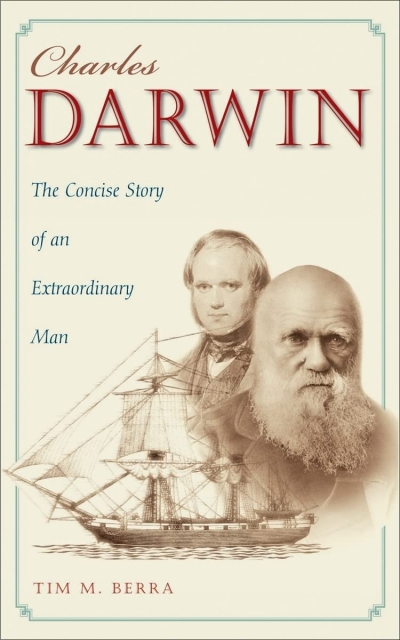Viking
Wasted: The true story of Jim McNeil, violent criminal and brilliant playwright by Ross Honeywill
by Murray Waldren •
And So It Went: Night thoughts in a year of change by Bob Ellis
by John Byron •
The Ghost at the Wedding: A true story by Shirley Walker
by Brenda Niall •
Shooting Balibo: Blood and memory in East Timor by Tony Maniaty
by Jill Jolliffe •
Charles Darwin by Tim M. Berra & Darwin’s Armada by lain McCalman
by David Lumsden •









